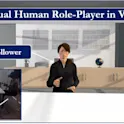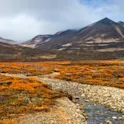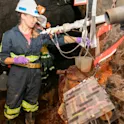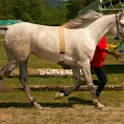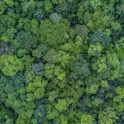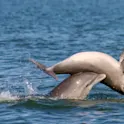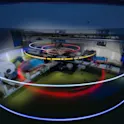
Featured news
16 Apr 2021
‘Golden needle in the haystack’: Potential Paralympians face more challenges in being talent spotted
By Colm Gorey, Frontiers science writer/Dr Nima Dehghansai, York University and Paralympic Innovation Dr Nima Dehghansai. Image: Dr Nima Dehghansai Potential Paralympian superstars may slip through developmental cracks more often than athletes without a disability, according to new research. Dr Nima Dehghansai of York University in Canada was the corresponding author of a paper published to Frontiers in Sports and Active Living that reported a lack poor funding and representation is preventing some athletes who have a disability from becoming potential Paralympians. Potential Paralympian athletes face a significantly greater challenge in being talent-spotted versus athletes who do not have disability, a new study has found. Writing in Frontiers in Sports and Active Living, the researchers identified issues such as poor representation among women athletes and a lack of resources among high-performance trainers means many potential medal winners can easily fall through the cracks. One of those researchers was Dr Nima Dehghansai of York University in Canada and Paralympic Innovation in Adelaide, Australia, who works in athlete development and talent identification with a specialization in Paralympic sports. 1/6. Our new paper examining the perspective of talent identification and development in Paralympic sport is out now! @rossapinder @bakerjyorku Below is a […]
